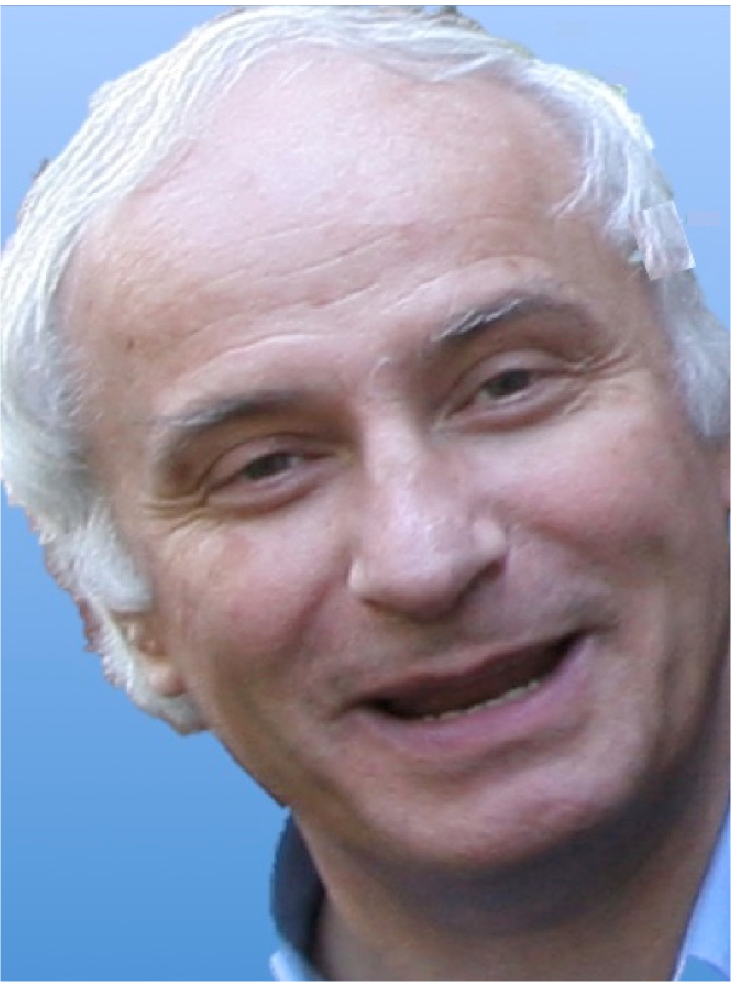

SS02-A004

"The Main Environmental Factors of the Covid-19 Outbreak"
We propose a panorama of already known Covid-19 determinants and some other new factors depending on three families of variables, i.e., geoclimatic (like temperature or elevation), demographic (like population density or median age) and socio-economic (like Gini' index or health expenditures as percentage of GDP) parameters. The influence of these determinants differs between the first and the second wave and we give some explanation of this phenomenon, which takes into account various geographical, political and biological characteristics of the populations concerned by the Covid-19 outbreak.Bas du formulaire References Demongeot, Q. Griette & P. MagalComputations of the transmission rates in SI epidemic model applied to COVID-19 data in mainland China.Royal Society Open Science, 7, 201878 (2020). Soubeyrand, J. Demongeot & L. RoquesTowards unified and real-time analyses of outbreaks at country-level during pandemics. One Health, 11, 100187 (2020). Gaudart, J. Landier, L. Huiart, E. Legendre, L. Lehot, M.K. Bendiane, L. Chiche, A. Petitjean, E. Mosnier, F. Kirakoya-Samadoulougou, J. Demongeot, R. Piarroux & S. RebaudetFactors associated with spatial heterogeneity of Covid-19 in France: a nationwide ecological study. The Lancet Public Health, 4, e172 (2021). Seligmann, N. Vuillerme & J. DemongeotSummer COVID-19 third wave like (winter) first wave, opposite to (spring) second wave: slower spread decreases with temperature, increases with population age. Biology (MDPI), MedRxiv, doi: 10.1101/2020.08.17.20176628 (2021)
Biography
Jacques Demongeot, MD and PhD in Mathematics, is Professor Emeritus at Université Grenoble Alpes (UGA) and Honorary Member of the Institut Universitaire de France (IUF). He belongs since 2016 to the AGEIS UGA laboratory, dedicated to gerontechnology and e-health. In 1980, he founded the team Treatment of Information and Modeling in Biomedicine (TIMB) and in 1987 the CNRS laboratory (Techniques of Imaging, Modeling and Complexity (TIMC), inside the institute Informatics, Mathematics and Applications of Grenoble (IMAG), which he directed until 2011. In 1985, he founded at the Grenoble University Hospital the Medical Informatics Service, enlarged in 2003 to the Public Health Pole, which he directed until 2012. In 1992, he founded the Doctoral School of Engineering for Health, Cognition and Environment (EDISCE), which he directed until 2003. He was responsible from 1997 to 2000 of the Bureau Technologies for Health at the Ministry of Research, then from 2002 to 2007 of the CNRS Complex Systems Program. He has published around 500 papers mainly focused on biomathematics, bioinformatics and medical engineering.